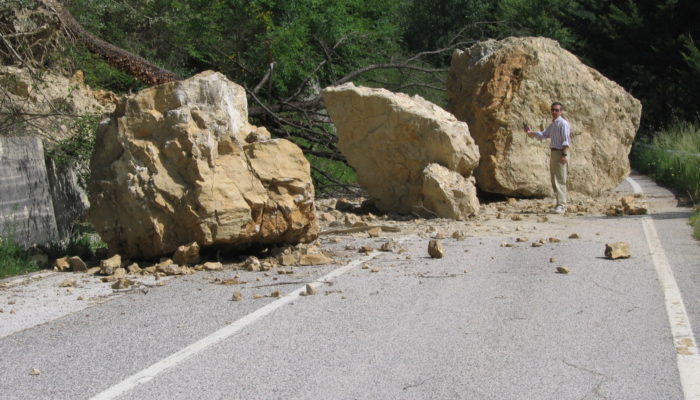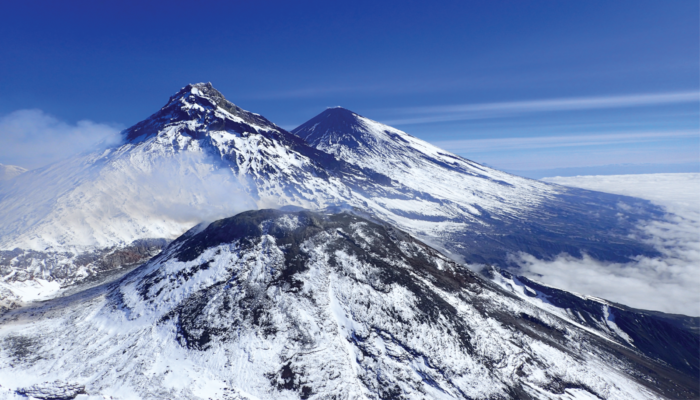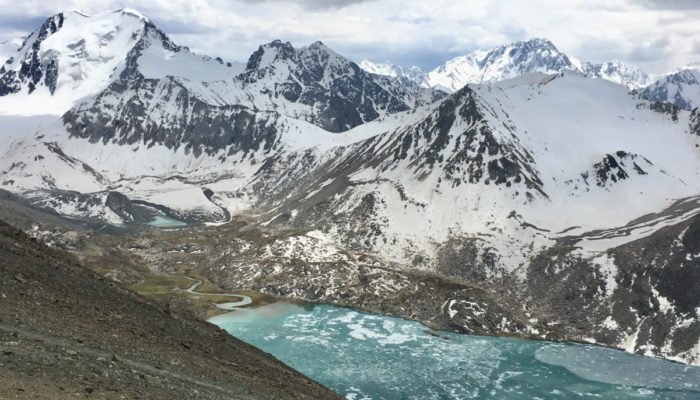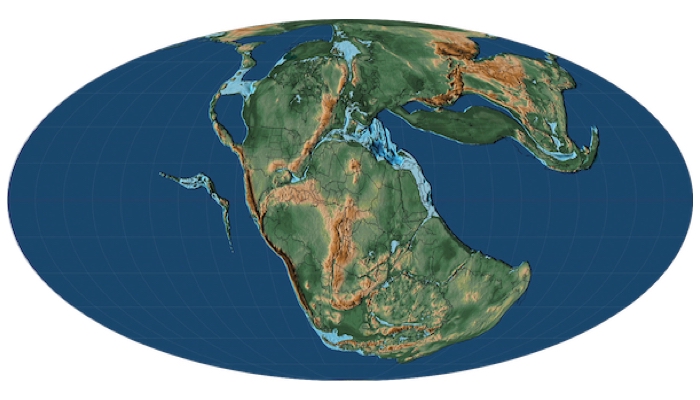The Gneiss Chats podcast is an interview podcast where the host (under the secret identity of Dr.B, because most people can’t pronounce Barrote) interviews an expert and asks them a bunch of questions about a certain theme in the field of geosciences including Geochemistry, Mineralogy, Petrology and Volcanology. The idea behind the show is to teach the listener about an interesting topic tha ...[Read More]
Climate: Past, Present & Future
Life of a Climate scientist presents Holly Kyeore Han
About the blog series: Life of a Climate scientist Life of a Climate Scientist is a new blog series started by the EGU Climate Division. The main focus of this series is to provide a platform for climate scientists to tell their stories of life in research. We will be covering a wide-range of subjects, from their scientific endeavors and maintaining work-life balance to challenges they have faced ...[Read More]
Seismology
“State of the ECS”: (Co)-Working
Hi – Chiara here. I have just joined the EGU ECS Team and hope to provide my little contribution to the seismology community, but also have fun and meet cool people (unfortunately, for now just virtually!). I make my living as a global seismologist using earthquakes to explore the Earth’s deep interior. This would be in principle a very exciting job – at least to me – but I have to admit that in t ...[Read More]
Natural Hazards
From caves explorer to landslides scientist: Fausto Guzzetti 2021 Soloviev Medal
Dr Fausto Guzzetti, current Research Director of the National Research Council (CNR) in Italy, has been awarded the 2021 Sergey Soloviev Medal for “his fundamental contributions to the field of natural hazards and his remarkable efforts to link the scientific community and civil protection authorities to mitigate risk for exposed populations”. From his passion for mountains and caves and his “hope ...[Read More]
Geochemistry, Mineralogy, Petrology & Volcanology
We are upgrading the GMPV blog!!
We are looking back to almost 4 years of GMPV blog history which covered a wide range of very interesting GMPV related topics from how experiments can help to understand volcanic eruptions to what role GMPV scientists can play in sustainable development. Within the last year, however, our blog team grew significantly (you can see part of our members here) allowing us to restructure the blog a litt ...[Read More]
Soil System Sciences
Gender Equity in (Soil) Science
Today, as we celebrate International Women’s Day, let’s take a moment to acknowledge our progress in the challenge of reaching gender equity in science, and soil science in particular. Despite the crucial contributions of women, and the fact that an increased gender diversity can contribute to the collective worldwide performance [1], women remain underrepresented and face gender bias in science w ...[Read More]
Cryospheric Sciences
Did you know that glacier mass loss affects water resources?
The picture above shows a typical Kyrgyz summer yurt camp, located in the valley of Altyn-Arashan, Kyrgyzstan. The stream you see flowing through comes from the glacier-fed lake of Ala-Kul, the gorgeous turquoise water featured below. The families who live there during summer have done so for generations, and travel up with their herds of horses and cows. The stream provides the water they need fo ...[Read More]
Geodynamics
The Sassy Scientist – Pivoting to Business
Frank freely admits he did a PhD because he didn’t feel ready to join the corporate world. Ties strangle him and he’s only ever seen 7am from the wrong side. But as universities and funding agencies request more performance metrics and research valorisation plans, he reached out to the Sassy Scientist to ask: What can geodynamicists learn from the business world? Dear Frank, Low-hangin ...[Read More]
Climate: Past, Present & Future
EGU’s Atmospheric Sciences and Climate: Past, Present & Future Divisions welcome the US back into the Paris Climate Agreement
As of 19 February 2021, the US officially re-joined the Paris Climate Agreement, a landmark international accord to limit global warming by 2°C (and ideally to 1.5°C) compared to pre-industrial levels. The Paris Climate Agreement aims to bring the world together to avoid catastrophic warming that will impact us all and to build resilience to the consequences of climate change that we are already s ...[Read More]
Geodynamics
Paleogeography – A window into past mantle dynamics
Paleogeography refers to the past distribution of landmasses and oceans and gives important insights into the state of previous tectonics. This is a useful cornerstone for many aspects of geodynamics and this week Boris Robert – previously postdoctoral fellow at the Centre for Earth Evolution and Dynamics Oslo (Norway) and currently visiting scientist at GFZ Potsdam (Germany) – tells us how we may ...[Read More]








